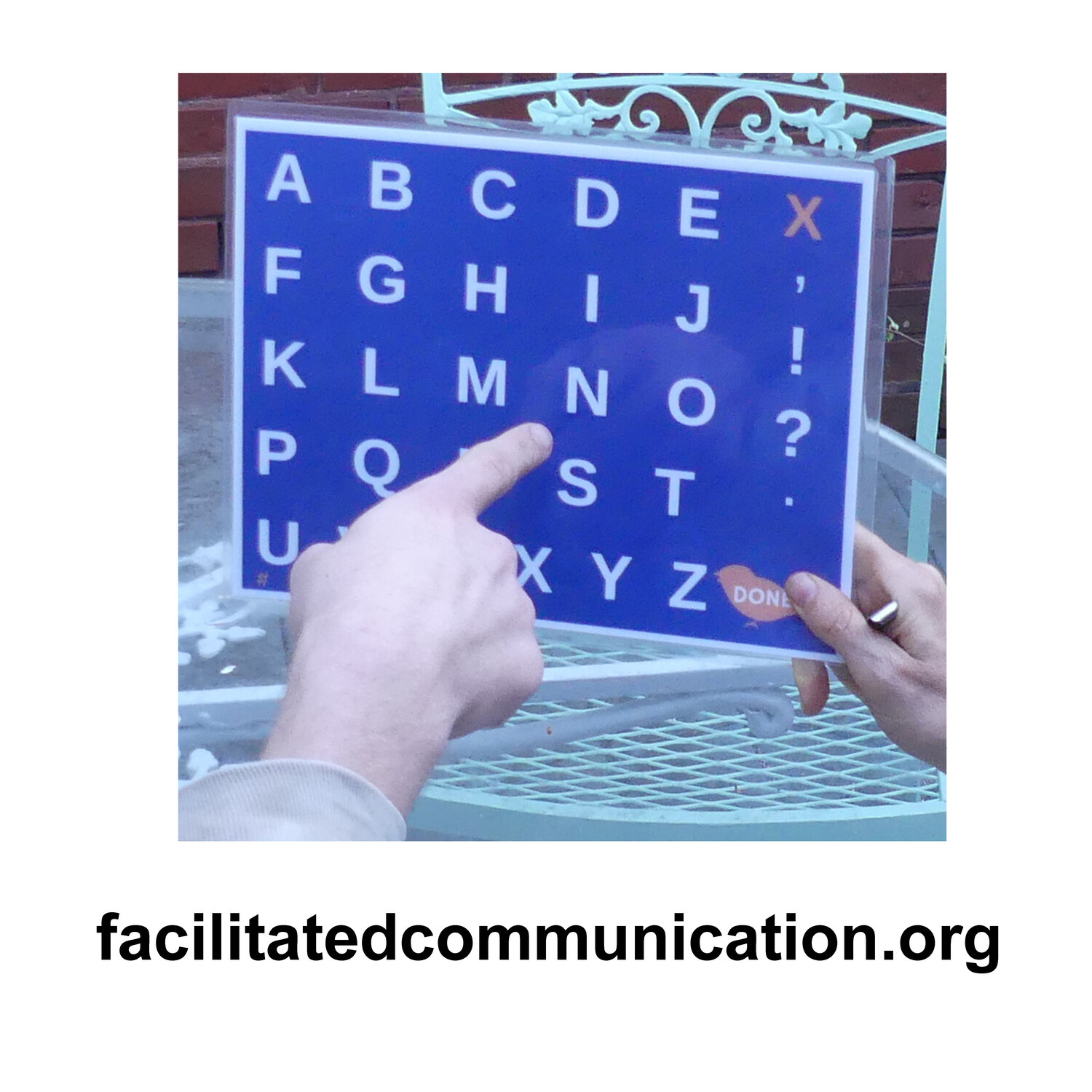Flaws in the Informed Consent Process for FC in VT’s Designated Agency System
Although Facilitated Communication is not defined as a treatment technique, in practice this is how it is used in Vermont’s community mental health system (Designated Agencies). Vermont’s Department of Disabilities, Aging and Independent Living (DAIL) strongly promotes its use for nonverbal individuals with Autism. DAIL’s website highlights its commitment to FC.
Vermont Capitol Building in Montpelier, VT (Photograph by Walter Jeffries)
As a psychiatrist working in the DA system, I encountered situations in which FC was essentially proposed as a treatment intervention (for example, to address agitation) without any mention of the fact that extensive scientific research has demonstrated that the real author of messages generated by FC is the facilitator. (I’ve also observed other concerning use of FC as noted in my 6/20/21 blog.) Proponents reject the science and accuse those who accept the scientific findings of “ableism” as they believe we should assume all nonverbal individuals previously diagnosed with Autism and Intellectual Disability should be assumed to be competent. They further claim that once allowed to utilize FC, their competence and eloquence will be revealed. This is, however, an unproven assumption, albeit understandable wishful thinking.
Even if one believes FC is valid, there needs to be an informed consent process prior to implementing it. Given that the scientific community has rejected it as pseudoscience whose messaging relies on the ideomotor (“Ouija board”) effect, surely there is an additional responsibility on the part of anyone proposing its use to ensure a thorough informed consent process has occurred. If the science is correct, then imposing this technique on individuals who have no ability to express themselves verbally represents a replacement of that individual’s voice with a that of a (well-intentioned) facilitator. It is tragic enough that the individual has no voice but replacing their voice with someone else’s would be a violation of human rights.
Image by Cytonn Photography
As Janyce Boynton discussed in a previous blog on this topic:
Proponents use FC as if it is an established, evidence-based form of Augmentative and Alternative Communication (AAC),
The International Society for Augmentative and Alternative Communication (ISAAC) is just one organization that disagrees with this stance, btw, and, in their 2014 position statement, does not recognize FC as a legitimate form of AAC, but rather views it as a human rights violation because of the high degree of facilitator control over the messages. In addition, the latest systematic reviews show no evidence that FC messages are independent and questions of facilitator control over the messages remain. (see Systematic Reviews here; Controlled studies here).
The American Speech-Language-Hearing Association (ASHA) also rejects FC as a valid communication technique and warns its members that “the substantial and serious risks of FC outweigh any anecdotal reports of its benefit.” It is worth including those risks here, because many of the proponent sites, like Vermont DAIL and Syracuse University’s Institute on Communication and Inclusion (now, renamed for the third time as “Inclusion and Communication Initiatives”) downplay or omit them altogether:
a. Decades of scientific research on FC have established with confidence that FC is not a valid form of communication;
b. Messages produced using FC do not reflect the communication of the person with a disability;
c. FC does not provide access to communication;
d. The use of FC is associated with several harms to individuals with disabilities as well as their family members or teachers; and
e. ASHA’s position on FC is that it should not be used.
How is informed consent for FC being obtained in practice? DAIL’s updated 2021 FC guidelines only indirectly mention informed consent in the ‘orientation’ section:
“Orientation – Before proceeding with the FC training process, the person’s team, including the individual, his or her family and/or guardian and agency staff, should be given basic information on FC to enable them to make an informed decision before moving ahead with an assessment and training.”
No elaboration of how to implement the crucial step of informed consent is offered. The initial, essential element of informed consent is full disclosure of relevant information regarding the proposed intervention. In the case of a scientifically unproven—let alone scientifically discredited—intervention, obviously an open discussion of the evidence or lack thereof needs to take place. The individual and/or guardian needs to be informed of the numerous studies which form the basis for the rejection of FC by multiple professional organizations. DAIL’s website does not mention anything of the sort. It includes only biased, one-sided resources and serves as a cheerleader for FC rather than a responsible government entity.
Furthermore, if, as DAIL recommends, the clinician “assumes competence,” and obtains consent directly from the individual, the only way to do so (given the complex nature of this discussion) would be via FC itself. As the facilitator presumably believes in the value of FC and is the true author of the individual’s ‘response,’ the ethical problem of such a process is clear. In essence the facilitator would be agreeing with him/herself and usurping the individual’s voice. That is assuming any effort to fully and objectively disclose information about research pertaining to FC took place in the first place—which is highly doubtful.
DAIL’s approach no doubt sets the standard (or lack thereof) for obtaining informed consent at the level of the individual in VT’s Designated Agency system. Surely, it is the responsibility of the government to protect its most vulnerable citizens—not to erase and replace their voices.



